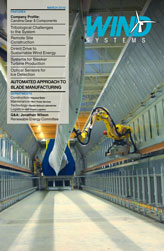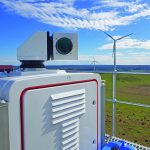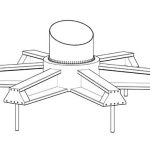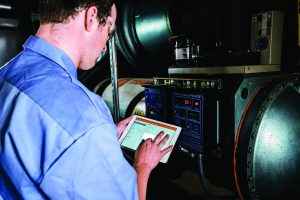By the end of 2010, for the first time in U.S. history more wind turbines will be operating out of warranty than will be covered. This trend will continue through the decade, causing maintenance and repair to become larger issues for project owners. Unscheduled maintenance costs that have degraded profits of turbine manufacturers during the warranty period will soon be shouldered by project owners, negatively affecting a wind company’s profitability. Unfortunately, actual warranty period service costs are relatively unknown to the project owner, and held closely by the original equipment manufacturer (OEM). With high repair costs and lost production on the line, putting the pieces together for a post-warranty maintenance program starts well before the warranty is over.
Since most OEMs would be unwilling to share their true warranty cost exposure, taking a stealth approach to obtaining this critical information is necessary. Generally speaking, project owners should conduct a pre-end of warranty due diligence inspection during the three to six month period before the warranty expires. This inspection may be the most important and valuable assessment made on behalf of the owner who will incur the ongoing operations and maintenance (O&M) costs following the coverage period. Even something as practical as a review of warranty service reports can provide a wealth of information, revealing historic parts usage, serial issues, labor requirements, and possibly even the cost basis for a post-warranty O&M budget.
With no additional business at risk a qualified Independent Service Provider (ISP) is the best option for balanced, impartial inspection results. Selection of an ISP should be made based on their experience in performing quality inspections for the specific turbine platform, something that will ensure the highest level of technical qualification and expertise. Areas that may be considered as standard for an end of warranty inspection include a quality assurance (QA) walk down using the turbine manufacturer’s checklists for mechanical completion, commissioning, and routine service QA. An OEM will typically provide these lists with the supplied turbine manuals, and they support the beginning of a thorough inspection that can help find issues that are common to a project or a turbine platform. An owner can expect the ISP to validate such items as bolt torque settings, component operation and wear, lubrication system integrity, and the reliability of installed safety equipment.
Though these OEM checklists will expose the obvious deficiencies of a turbine condition, a project owner would be wise to expand the end of warranty inspection to include oil and grease analysis (gear and bearing degradation), vibration monitoring (mechanical failure or alignment issues), borescope inspection of gearboxes, and infrared analysis of turbine and balance of plant electrical components. These inspections can be conducted simultaneously and offer information that can prove to be quite valuable in avoiding potential warranty claims and establishing a baseline for post-warranty maintenance.
Gearbox and generator rebuilds are the two most costly maintenance items for a wind project. Not only are the replacement parts expensive, but major expense is also associated with mobilizing the crane needed to repair these components. Simply failing to notice a single $1,000 bearing problem can lead to total repair costs exceeding $200,000 for a modern, multi-MW wind turbine. Added to lost production revenue, one post-warranty gearbox failure can account for as much as 10-15 percent of the price of the turbine. For these reasons owners should give top priority to gearbox inspections as part of the end of warranty walk down.
The purpose of a pre-end of warranty inspection is to assess the service history of a project, vet out troubled turbines, and provide the owner with an expectation for post-warranty costs. The inspection results will also confirm the quality of service being provided during the warranty period, and whether or not the turbines have been serviced properly and in accordance to the OEM’s obligations. In the next installment we will explore the common findings from an end of warranty inspection and how such information can build a strong preventative maintenance program during the post-warranty period.


































